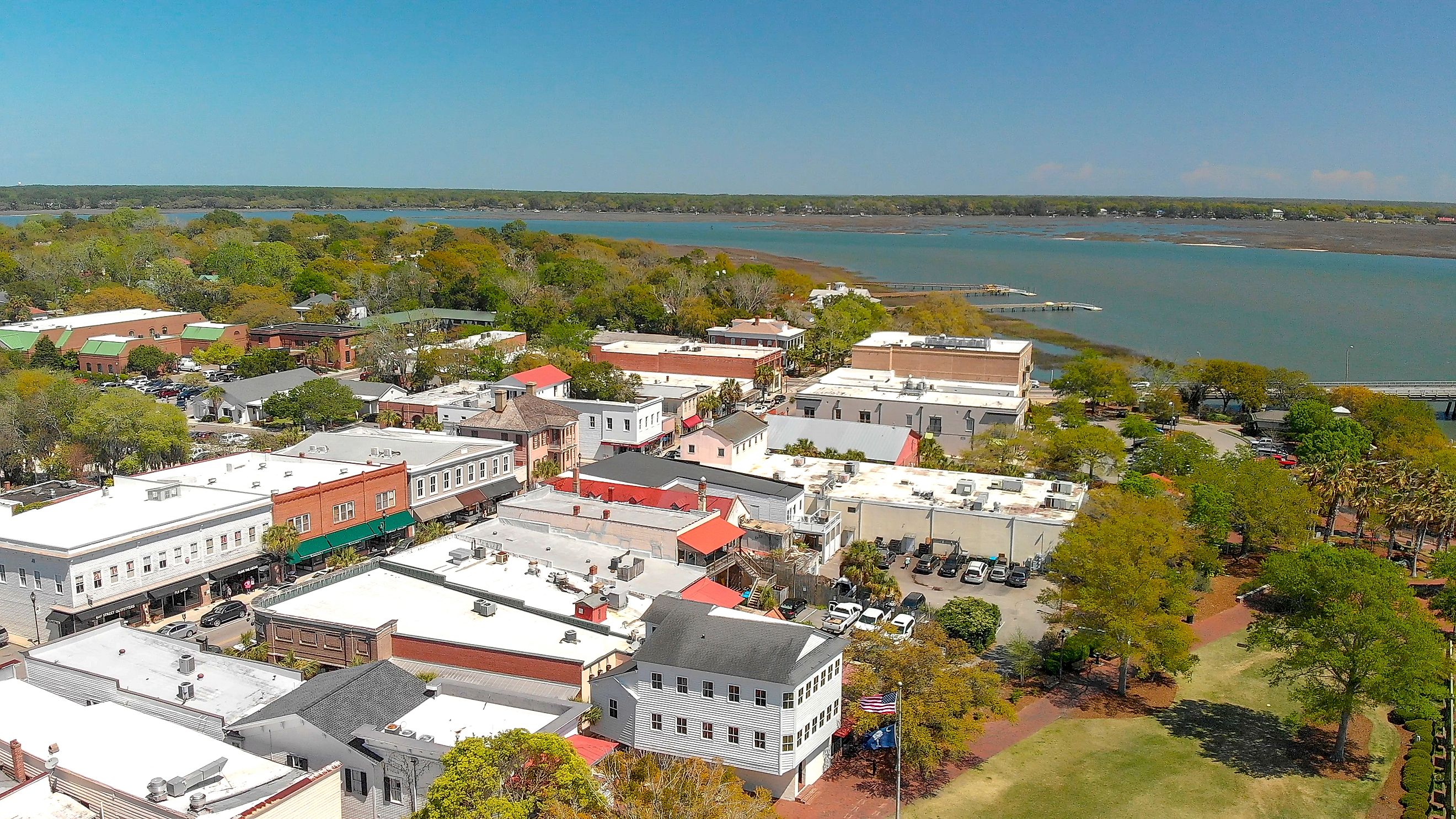
7 Storybook Towns In South Carolina
"Life is like a box of chocolates. You never know what you're gonna get,” said Forest Gump in his titular film set in one of the storybook towns in South Carolina. Each town has its own surprising culture, spectacular history and amenities worth seeing in the state where the first battle of the American Civil War occurred in Fort Sumter. With thriving communities adhering to the traditions of the Gullah/Geechee and with histories dating back to the unfair plantation labors and hectic violence of bygone wars, the storybook towns in South Carolina have something to say about the past that continues to be relevant to the future. You may not know what you will find in these exquisite destinations, but you will undoubtedly find them as sweet and delightful as a box of chocolates.
Beaufort
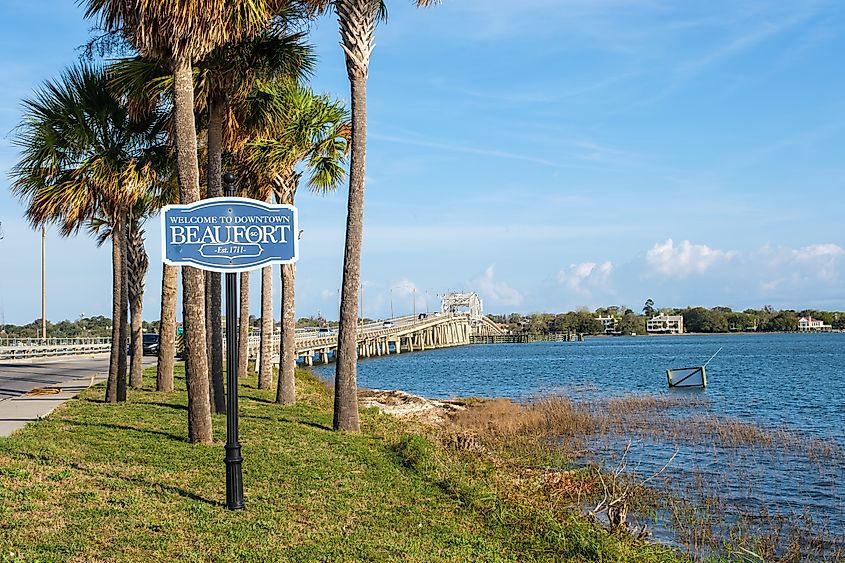
An hour away from the city of Savannah, Georgia, and located on Port Royal Island, the beautiful town of Beaufort enchants newcomers with its cinematic history. This storybook town has been around for 300 years in one of South Carolina’s coastal Sea Islands, and in recent years, it has served as a pristine setting for many movies such as Forrest Gump, The Big Chill, The Great Santini and The Prince of Tides. Beaufort, however, is a town steeped in history, and the Beaufort Historic District preserves many architectural features exhibiting different moments in Beaufort’s past.
Among these buildings are antebellum mansions like the John Mark Verdier House Museum, a stunning Federal-style 1800s structure with period pieces and other exhibits that showcase Beaufort’s plantation history. The Beaufort Arsenal, also known as the Beaufort History Museum, talks about how a group of men met secretly in the Craven Street home, now famously known as “Secession House,” in order to end American slavery during the American Civil War. Other historic landmarks like the Old Sheldon Church Ruins and the Saint Helena Parish Chapel of Ease Ruins mainly focus on the religious and theological aspects of Beaufort. Last but not least is the Harriet Tubman Monument, which not only highlights the significance of Harriet Tubman and the abolitionist movement but also champions the Gullah/Geechee people that continue to thrive in places like Saint Helena Island.
There are many more sites of history for you to see, such as the military encampments at the Fort Frederick Heritage Preserve and Fort Premont Preserve & History Center beside the Beaufort River. Before you undertake any venture into the past or the present, you ought to first book a room in one of Beaufort’s beautiful lodgings like the Beaufort Inn, City Loft Hotel, or Rhett House Inn.
Georgetown
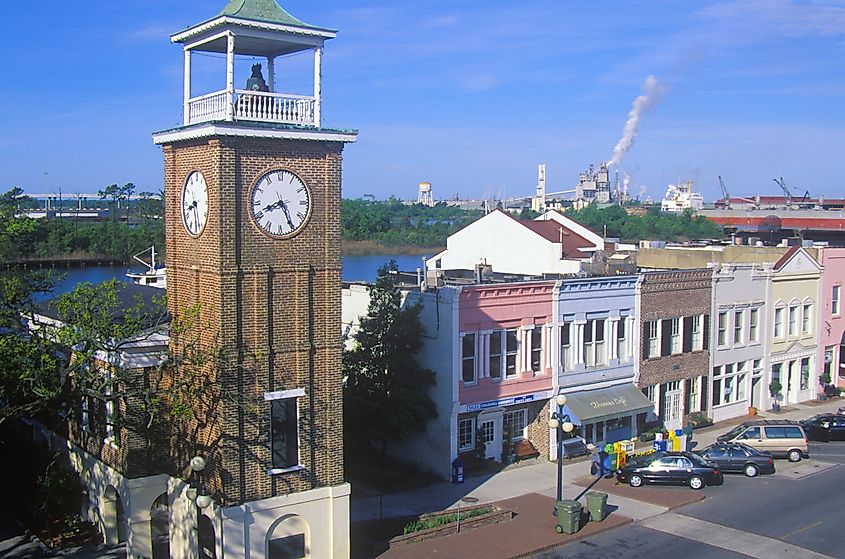
Georgetown, renowned for being the place “where southern time meets maritime” in the Lowcountry, is the third oldest town in South Carolina since its founding in 1690. Only about 60 miles away from the city of Charleston, Georgetown has been a major producer and cultivator of rice, and in the time around the American Revolution, it was the wealthiest town in the thirteen colonies. However, much of the wealth was a product of slave labor from Africa which both the Georgetown County Museum and the Rice Museum explain. The Gullah Museum, on the other hand, discusses the introduction of cattle, indigo, and rice in the Gullah/Geechee culture. Interestingly, the Kaminski House Museum exhibits a collection of antiques from England and former American plantation owners during the 18th and 19th centuries.
As invigorating as it might be to familiarize yourself with the past, there are still a number of recreational activities that will keep you connected to the moment. For instance, strolling along the Black, Great Pee Dee, Small Pee Dee, Waccamaw, and Sampit rivers, which all gather around Georgetown. Regions like the Francis Marion National Forest, the Tom Yawkey Wildlife Center, and the Santee Coastal Reserve are open to all sorts of backpackers and trekkers. Finally, the quaint accommodations at both the George Hotel and Baxter’s Brewhouse Inn will certainly keep you satisfied and well-rested for another day of exploration in the town “where southern time meets maritime.”
Travelers Rest
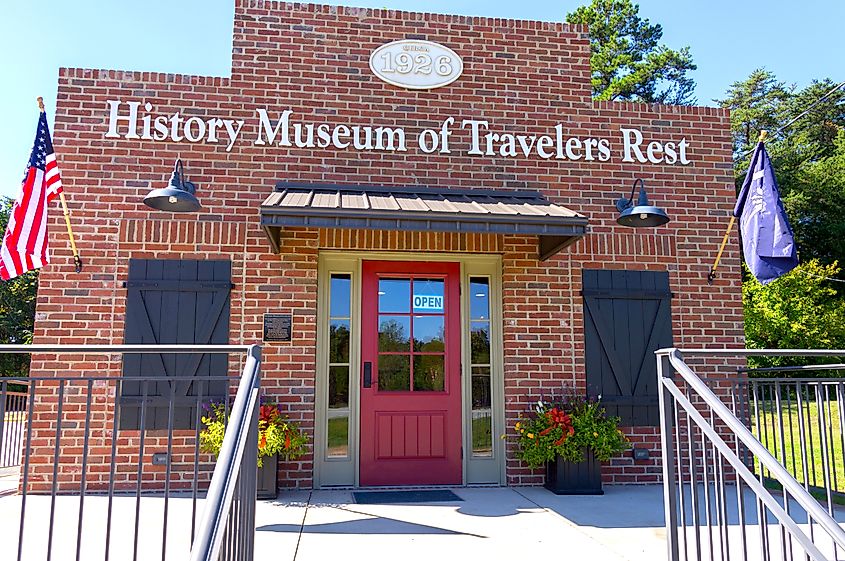
Some stories are best learned and told when resting. Fortunately for you, the small town of Travelers Rest is an idyllic destination and resting spot for the weary and the worn. For nearly 300 years, this small town, about nine miles from Greenville and located at the foothills of the Blue Ridge Mountains, has been a popular stopover for explorers and livestock drovers. The Travelers Rest History Museum elucidates much on how Travelers Rest accommodated many a visitors, especially those riding in stagecoaches through the sinuous mountain roads. During the American Revolutionary War, a 15-year-old local heroine named Laodicea “Dicey” Langston spied on the Loyalists in order to keep her community of American patriots informed of the enemy’s positions. A stone pyramid just a few miles north of Travelers Rest commemorates Dicey’s heroism.
When you have concluded your appreciation of the past, you ought to engage your muscles with exhilarating biking runs through the Prisma Health Swamp Rabbit Trail System. Additionally, those who want to keep things simple and easy can go walking through the scenic terrains of both the Caesars Head State Park and Poinsett Bridge Heritage Preserve. If ever you get weary, as many travelers have felt when stopping at Travelers Rest, you should definitely sleep safe and sound in establishments like the Swamp Rabbit Inn and Hotel Domestique.
Aiken
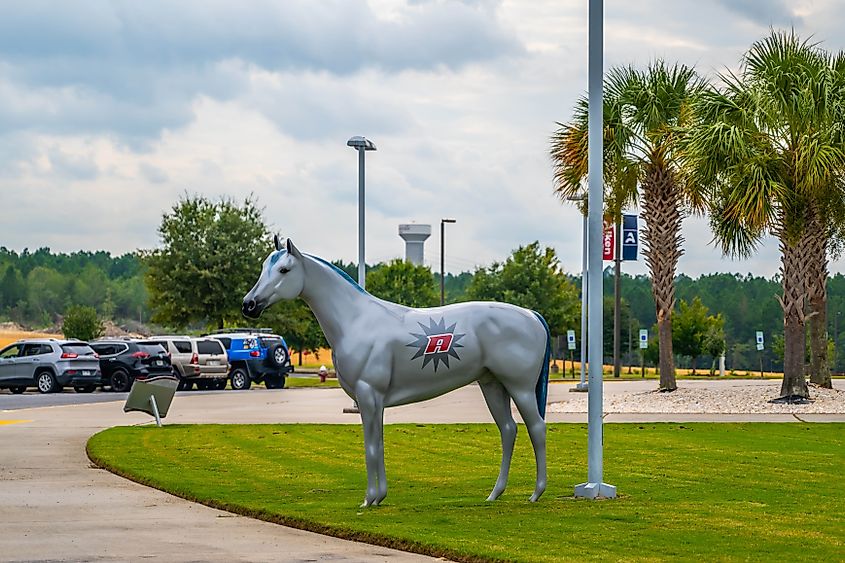
Man’s best friends include horses and dogs. Dogs, since they are loyal and admirable creatures, and horses because they help people feel liberated and powerful when galloping through endless fields. The town of Aiken naturally provides many equine experiences for both horse and man in areas like the Hitchcock Woods & Gateway Park and Hopelands Gardens, especially since the town is home to the Aiken Equine Rescue, the largest horse rescue center in the southeastern US. The Aiken Steeplechase Association often hosts the Imperial Cup in the month of March and the Holiday Cup in October, where several horse races are in full swing. Likewise, the Aiken Thoroughbred Racing Hall of Fame and Museum focuses on the winners of these races, be they horses or men.
Not everything in Aiken is related to horses, however, as the Redcliffe Plantation State Historic Site concentrates on Aiken’s sorrowful history in African slave labor. Meanwhile, the Aiken County Historical Museum, often called “Banksia” after the banksia rose, exhibits antiques and articles from Aiken’s plantation owners. Locomotives and railroads also played a significant role in Aiken which the Aiken Visitors Center and Train Museum expounds upon. Only about 20 miles from Augusta, Aiken’s many lodgings, like the Carriage House Inn and The Wilcox, will keep you content and comfortable in your vacation through this storybook town.
Walhalla
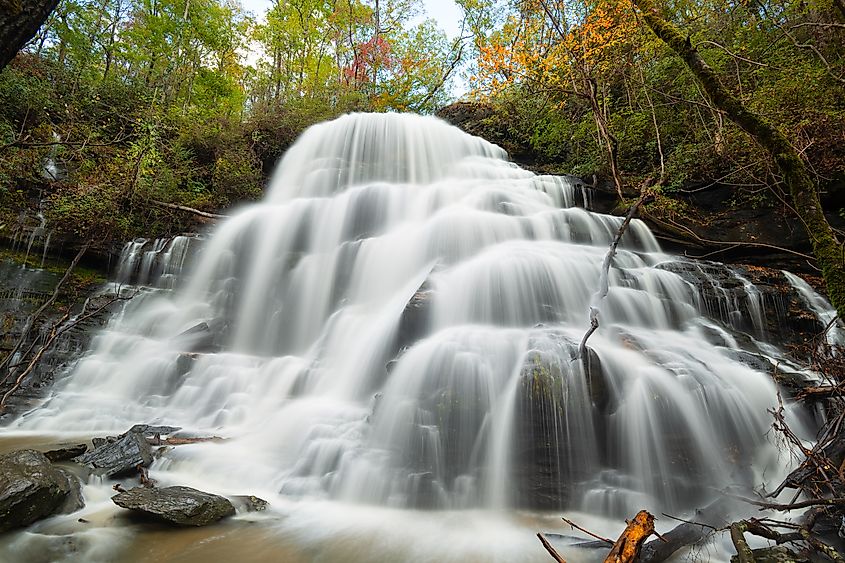
With serene and mystical waterfalls trickling from the Blue Ridge Escarpment, an area of transition between mountains and piedmont, Walhalla is truly the “Garden of the Gods”, as the townsfolk and visitors proclaim it to be. This German version of the Norse Valhalla sits comfortably beside the Chattanooga River and was founded by immigrants from Germany during the 18th century. Long before these German immigrants arrived in Walhalla, the town’s site was once a settlement of the Cherokee people which you can learn all about at the Cherokee Museum of South Carolina.
The Oconee Station State Historic Site, likewise, contains a mixture of Cherokee and German images from the 18th and 19th centuries. Besides being called the “Garden of the Gods” due to the beautiful mountain sceneries everywhere, Walhalla is also known as the “Main Street to the Mountains” where one can go exploring in panoramic places like the Stumphouse Mountain Park, the Black Rock Mountain State Park, and at Lake Keowee. You should not miss out on the town’s version of Oktoberfest, nor should you forget to book a room in one of Walhalla’s exquisite lodgings like the Rodeway Inn & Suites.
Anderson
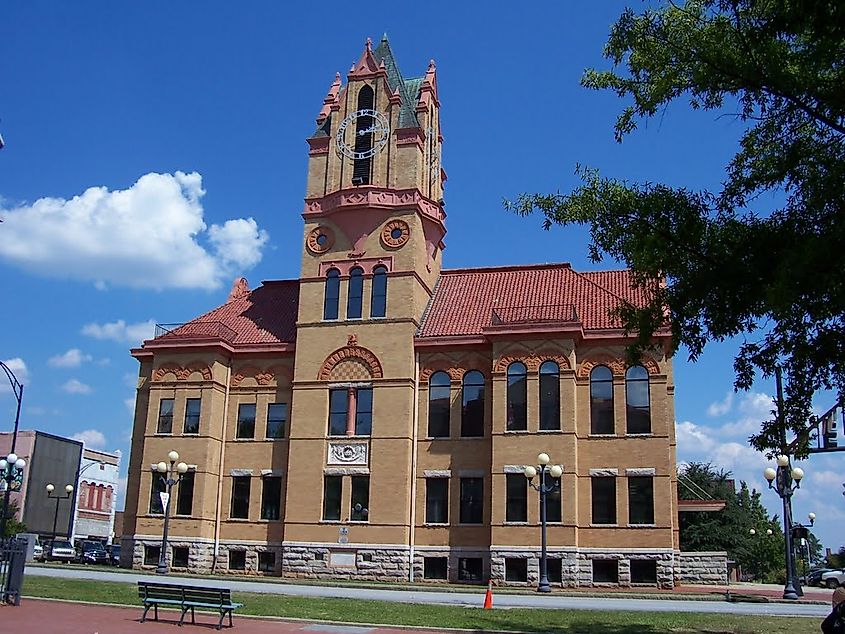
Anderson, so named after Robert Anderson who was a skilled general during the American Revolutionary War, is a convenient destination right between the big cities of Atlanta and Charlotte. Back in 1833, Anderson became the first town in the South to have an unlimited supply of electric power. William Church Whitner was the engineer who provided this limitless abundance of light to Anderson, and his statue can be found in the town. Furthermore, it was because of Whitner’s contributions that the first cotton gin in the world to be operated by electricity started in Anderson in the year 1897. The Anderson County Museum elaborates much on these two notable points in Anderson’s past as well as other periods and moments during the American Revolution. Following the Savannah River that marks the delineation between South Carolina and Georgia will lead travelers towards the Sadlers Creek State Park and the Big Water Marina and Campground, excellent sites for camping. However, if you prefer indoor lodgings and sleeping, then you can always book a room at either The Bleckley Inn or the Hilton Garden Inn.
Landrum
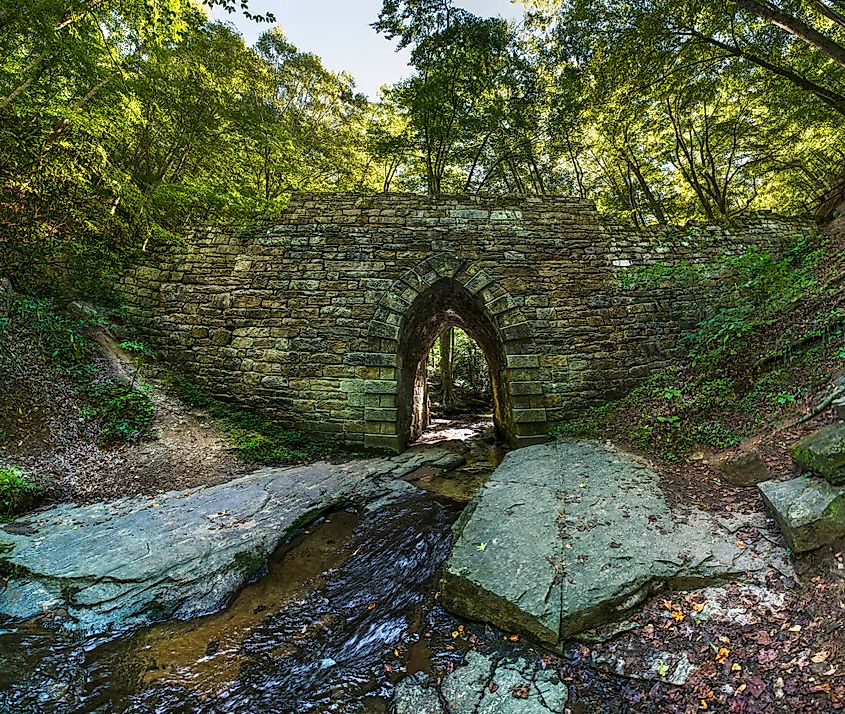
The small town of Landrum near the state border between North Carolina and South Carolina is a lush and lackadaisical small town filled with storybook charm. The 16-foot-tall Gothic archway known as Poinsett Bridge, the oldest remaining stone bridge in South Carolina, is something straight out of a fairytale where traveling on it will take you to a serene and mysterious place. In the case of Landrum, the stone bridge mostly leads to the quaint and equine farms outside town where horses graze and gallop at the foothills of the Blue Ridge Mountains. Other panoramic routes and areas like the Palmetto Trail in the Chestnut Ridge Heritage Preserve/ Wildlife Management Area ensure visitors have a grand and memorable experience in the woodlands of Landrum. For those of you who are interested in riding horses through places like the Blue Wall Preserve, you should definitely seek assistance from the F.E.N.C.E. (Foothills Equestrian and Nature Center). There is wonder and beauty to something so laidback and simple, and Landrum’s humble charm and humble beginnings from settlers who originated from Pennsylvania, Maryland, and Virginia will make you feel right at home in South Carolina.
Named after King Charles I’s Latin name, Carolus, the magnificent Palmetto State of South Carolina boasts numerous storybook towns that will transport you into the eclectic and ambiguous histories that marked America. Even though one may find it more appealing to see the 3,500 rhesus monkeys on Morgan (Monkey) Island or see the world’s largest ginkgo farm in Sumter, you will not be disappointed by horseback rides in Landrum or Aiken nor the various interpretations of the past in Beaufort and Georgetown.











